Salmson 2-A2 / Otsu 1

Wingnut Wings, 1/32 scale
| S u m m a r y |
Catalogue Number: |
Wingnut Wings Kit No. 32038 - Salmson 2-A2/Otsu 1 |
Scale: |
1/32 |
Contents and Media: |
Eleven sprues of injection moulded grey plastic parts; one sprue of clear plastic; one fret of photo-etch metal detail parts; markings for five aircraft |
Price: |
USD$99.00 with free shipping worldwide, available online from Wingnut Wings' website. |
Review Type: |
First Look |
Advantages: |
Outstanding detail; cleverly engineered for ease of assembly; crisp clean mouldings; excellent use of photo-etched parts; comprehensive decal sheet in perfect register with minimal carrier film; an instruction booklet that doubles as reference material. |
Disadvantages: |
|
Conclusion: |
The tradition continues with another quality release from Wingnut Wings. The aim of the company is to allow modellers of all skill levels to competently build WWI aircraft. As such, the kit has been designed for ease of assembly and it does so without compromising the high level of detail. |
Reviewed by Rob Baumgartner

HyperScale is proudly supported by Squadron
Test flown in April 1917, the rugged Salmson 2-A2 was one of the main reconnaissance aircraft used by the French and American aviation units during 1918. That’s not surprising considering that 3200 examples were produced.
Despite being a 2-seater, manoeuvrability was excellent and it also had a good rate of climb. Its speed was adequate but what the crews especially liked were the self-sealing fuel tanks.


Many in the American Expeditionary Force flew their aircraft without any fighter escort, and when deployed aggressively against enemy scouts, some of them even “make ace”.
After the Armistice, the Salmson appeared on both sides of the Russian Civil War, and also saw service in Belgium, and Poland. The aircraft found limited use with the Czechoslovak Air Force and even managed to find time as a civilian passenger aircraft.
The Type Otsu 1 Reconnaissance Aircraft was a version built by the Tokyo Artillery Arsenal Factory and Kawasaki Shipworks, with about 600 being manufactured between the two companies.
Two versions of the Salmson are available from Wingnut Wings. Essentially the contents are same in each box with the only difference being the decals. That’s because all of the optional parts are found on the common sprues.
Inside the box are over 160 plastic parts, a fret of photo- etched items and a decal sheet for 5 aircraft.
The parts count is quite modest considering the size of this 2-seater. That’s due to some clever engineering where a huge amount of detail has been incorporated into single items. This is most obvious in the interior where many of the fittings and piping are incorporated into the framework.
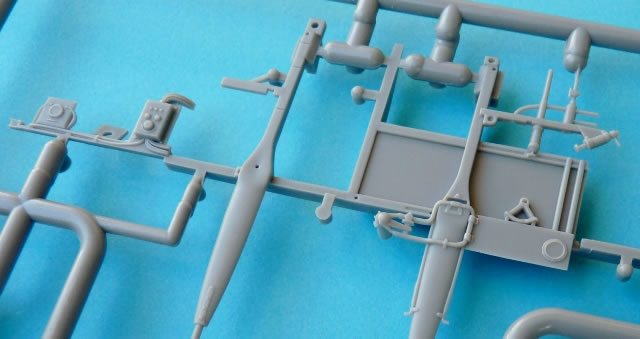
The same holds true for the central struts. These wooden uprights are especially important. The positive location of the internal parts inside the fuselage halves guarantees a foolproof platform for aligning the top wing.

Depending on the option chosen, nearly 40 parts can contribute to the interior. Where necessary, certain items are “keyed” thus ensuring they can only be installed one way. A dry-fitting of all the various sub-assemblies revealed no issues whatsoever. Everything is well moulded with no blemishes or sink marks to be seen on the finished model.
Apart from the usual suspects such as seat, control column, and rudder bar, there are the self-sealing fuel tanks, antenna reel, wireless set, battery, and signal lamp to add. Other notable embellishments are the pump, generator, pulsameter, compass, radiator shutter levers, photographic plate box, fuel and oil levers, trim wheel and camera.
This 50cm camera turned out to be quite problematical as there are some difficult seams to eliminate after joining parts A8 and A9. They did not line up properly due to the uneven mating surfaces. I elected to remove the alignment pins and sand the surfaces to a more uniform finish before gluing. Don’t remove the balls from parts A8 and A9 as these are not the necessary overflow recesses found elsewhere from the moulding process.
Seatbelts come from the photo-etched fret and this material is also used to detail the Vickers machine gun and elevation mechanism on the TO-2 Tourelle (Scarff ring).
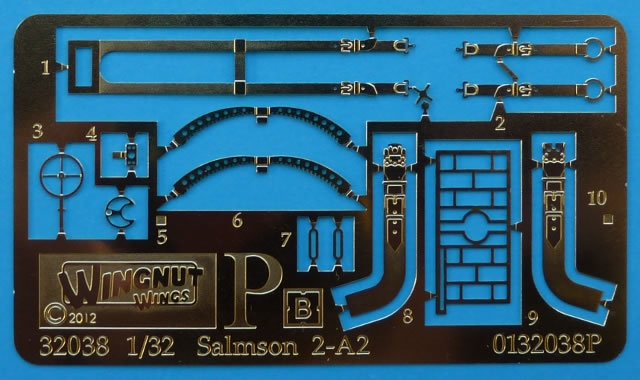
The layout of the internal bracing and control wires is quite involved so take care to study the supplied drawings carefully.
In this scale, the instrument panel is a very obvious feature. To make this area as realistic as possible, decals are used for the placards and instrument faces. These were in perfect register and settled well on the assorted contours with a little setting solution.
This all makes for a very busy “office”.
The 260hp Salmson 9z engine is a lovely kit in itself. All of the cylinders, push rods, intake pipes and magnetos fit perfectly into their required positions. Of course it’s all for nothing if you decide to enclose it all with the external metal panels!

Speaking of these panels, the various vents are not just indentations. They are actual openings that penetrate completely through the part.
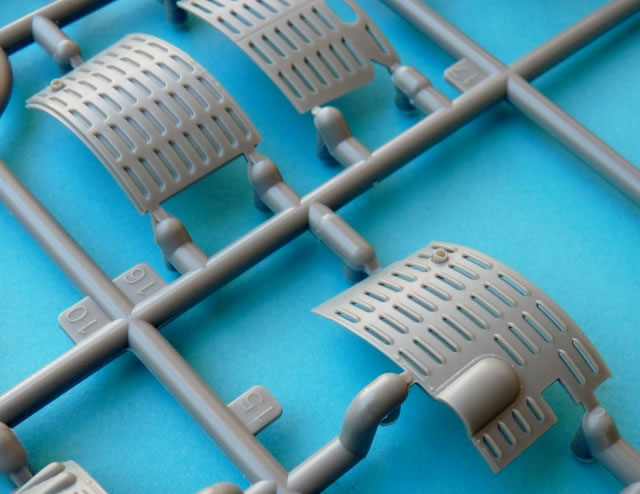

The one-piece French Darne Lewis guns have separate 97 round magazines and only need a modicum of care to remove the seams line.
Once the fuselage halves are together it’s time to add the cockpit coaming. It’s a clever piece of moulding and the design ensures a better fit than would have been the case with multiple parts. The only compromise is that the sprue gate falls close to a couple of rivets that will have to be replaced after the clean-up process.

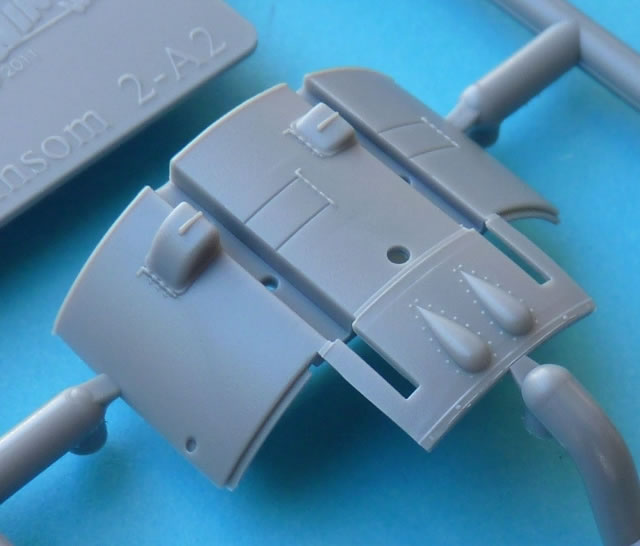
The external stringer detail is consistent along the length of the fuselage and the position of the surface joins will ensure that none of this important detail is lost.

The large wings are well moulded with no blemishes whatsoever. They need plenty of support and thus receive large tabs to maintain their correct dihedral. The trailing edges are sharp and the rib detail is sublime.
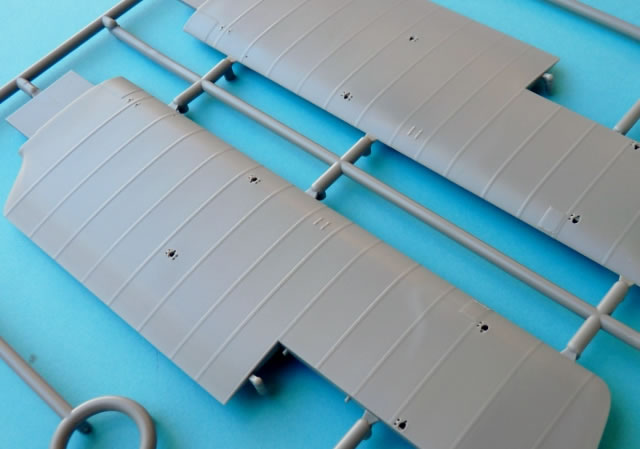
One again, a complex rigging diagram is supplied for the external wires. Make sure you don’t forget to add the wireless connections running up the cabane struts.
As well as assembly instructions, the 26 page instruction book contains plenty of period photographs. These are not only of the complete airframe, but include close-ups that are related to the construction sequence.
Dry-Fitting
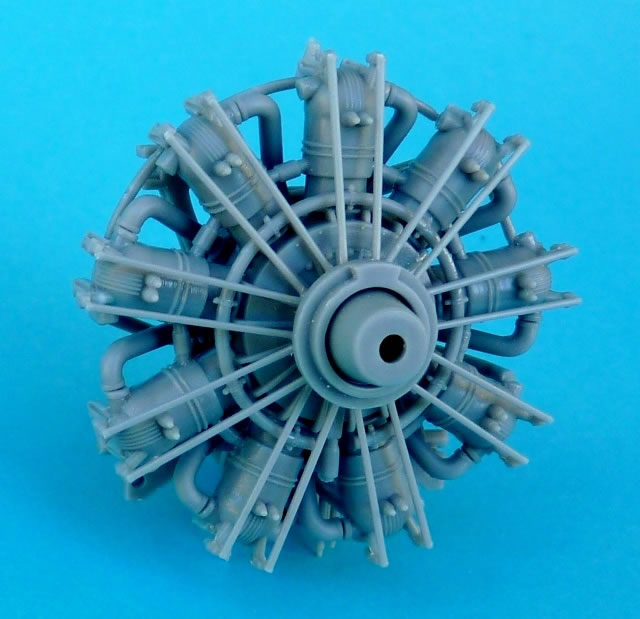
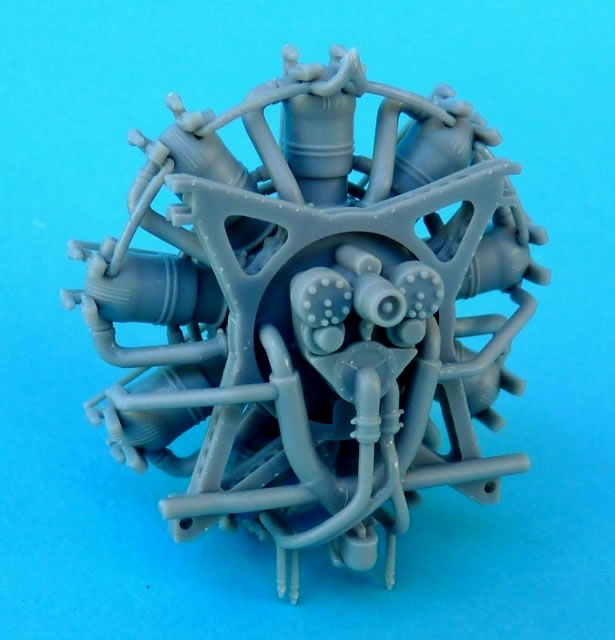

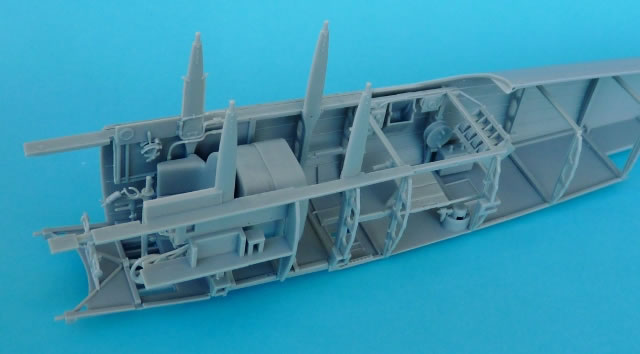
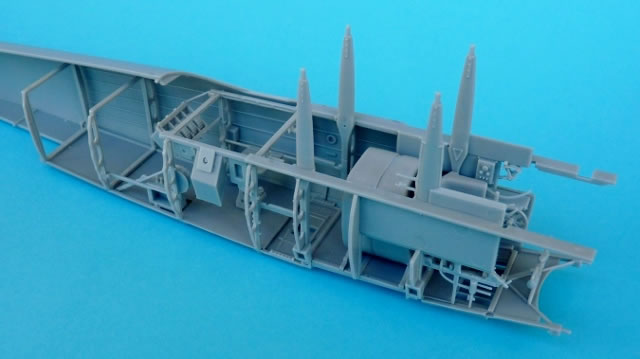
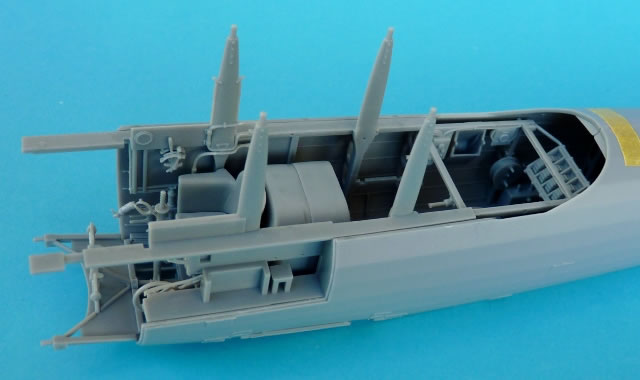
Marking Options
The usual 5 options are catered for on the well-appointed decal sheet.
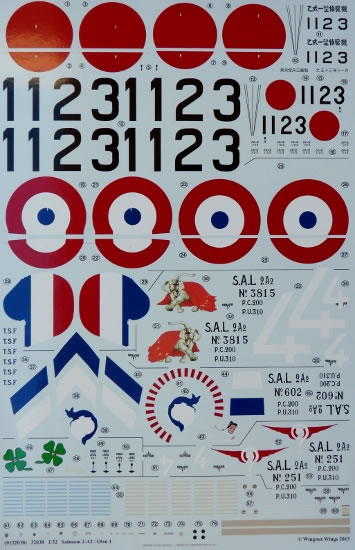
The aforementioned instrument dials are superbly printed as are the placards and propeller logos. There’s even a nice little map for the pilot. Everything was in register and each item is surrounded by a minimum of carrier film.
- Salmson 2-A2, Col. Hamonic (?), SAL 122, late 1917 to early 1918
This is a very early production model. Its overall aluminium dope finish is relieved by the green 4-leaf clover of SAL 122 on the fuselage sides.
- Salmson 2-A2, No.251, “4”, SAL 16, 1918
A more colourful example is this aircraft from SAL 16. Its unit marking can be seen on the fuselage in the form of a winged question mark. The standard 5 colour camouflage scheme covers the upper surfaces with clear doped linen/ecru beneath.
- Salmson 2-A2, No.381, “4”, SAL 28, 1918
Another 5 colour camouflaged aircraft except that this Salmson wears replacement ailerons. The Escadrille elephant marking is based on an illustration found on the packet of Joseph Bardou & Fils cigarette paper.
- Salmson 2-A2, No.602, “Le Gone”, SAL 61, late 1918 to February 1919
This flamboyant machine has its radiator cowling and shutters painted in light and dark stripes. Red and white are the colours of choice and while decals are supplied for the outer ring, those inner portions need to be painted. The finish is another example of the 5- colour scheme with both Escadrille and personal markings being applied to the airframe.
- Type Otsu Model 1 Reconnaissance Aircraft 1123, mid to late 1920s
The above name was given by the Imperial Japanese Army to that country’s manufactured Salmson 2-A2 aircraft. The clear doped linen finish is heavily stained and the aluminium panels have been left unpainted.
Despite the large numbers produced, the Salmson has not been a popular aircraft with kit manufacturers.
Thankfully we now have one in 1:32 scale and it just oozes quality. The mouldings are clean and crisp and exhibit a very high level of detail. A dry fit of the various sub-assemblies reveals no problems at all with very little, if any, filler needed. It’s perfect to build straight out of the box or can be the ideal basis for a more involved project.
With Wingnut Wings, one never knows what’s around the corner. Having done the Salmson A-2A, surely the logical follow up would be a Breguet 14. Now wouldn’t that be something…
Thanks to Wingnut Wings for the review sample.
Review Text and Images Copyright © 2014 by Rob Baumgartner
Page Created 3 February, 2014
Last updated
4 February, 2014
Back to HyperScale Main Page

|
